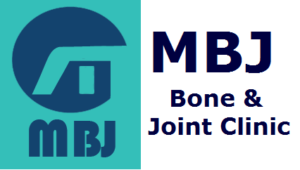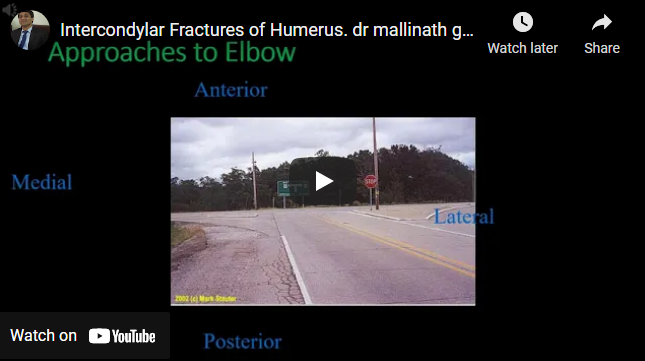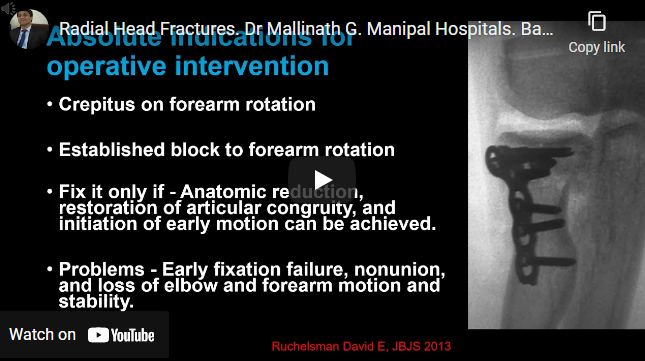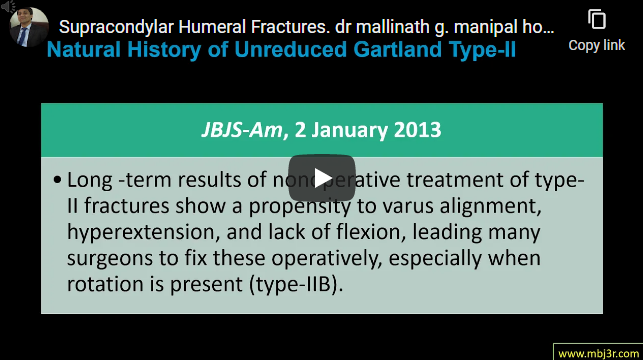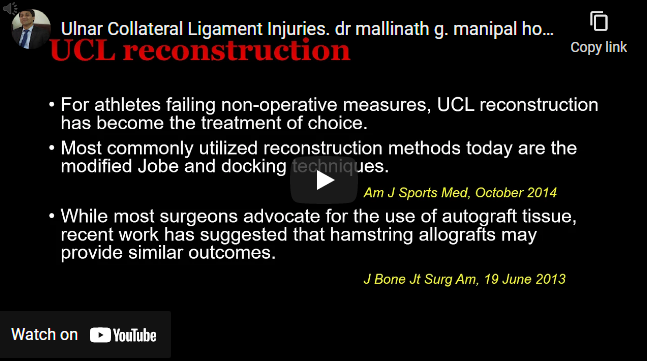Most often affecting the extensor carpi radialis brevis (ECRB) origin and Flexor carpi radialis/pronator teres origin on the medial side Overuse leads to tendon disrepair with abnormalities of tendon collagen and degenerative features Non operative management includes Physical therapy, Bracing/splinting,Corticosteroid injections, platelet-rich plasma (PRP) injections Open surgical method : Release and debridement of the ECRB origin with or without re-attachment…

